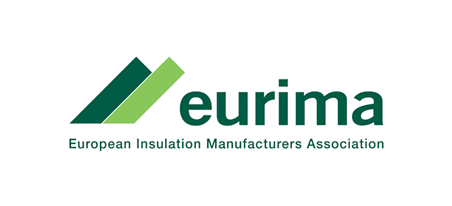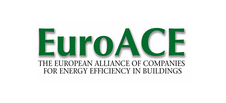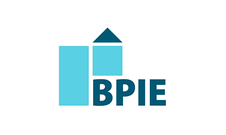Search eceee proceedings
An optimum renovation strategy for Swedish single-family house envelopes: The implications of climate zones and the age of the houses
Panel: 5. Buildings and construction technologies and systems
This is a peer-reviewed paper.
Authors:
Farshid Bonakdar, Built Environment and Energy Technology Department, Linnaeus University
Angela Sasic Kalagasidis, Division of Building Technology,
Chalmers University of Technology, Sweden
Abstract
As a result of EU’s legislations for reducing energy demands in buildings, a large number of studies have been done about cost-effective renovation of building stocks in EU. To complement the available results, in this work we take into account the microeconomic perspective of building owners, whose major challenge is to decide about limited budget allocation for energy renovation. Therefore, this work presents results of optimal and cost-effective energy renovation of single-family houses in Swedish building stock.
The houses are categorised based on the year of construction (about 1970s, 1980s and 1990s) and their location (i.e. four Swedish climate zones). The space heat demand of representative houses for each age category and climate zone is simulated to analyse optimum renovation. A reformed method of NPV is employed in order to, simultaneously, analyse the cost-optimum renovation measures of the house envelope and their cost-effectiveness.
The results indicate that the space heat demand in the representative house of 1970 is reduced from 28% in climate zone 1 to 25% in zone 4, when all measures are implemented to a cost-optimal level. The results of similar exercise for the houses of 1990 suggest “do nothing” scenario for energy renovation to cost-optimal level, considering discount rate of 3%. However, if the necessity of renovation is determined, then the reduced space heat demand is from 13% in climate zone 1 to 8% in zone 4. As far as the cost-effectiveness is concerned, the optimum renovation of attics for the houses built during early 1970s appears to be the most cost-effective component followed by the attics of the houses built during 1980s. Renovation of exterior walls and windows to a cost-optimal level are not cost-effective, regardless the year of construction. The findings suggest strategy to prioritise the energy renovation of envelope components in existing single-family houses of Sweden, built between 1965 and 1995 in different climate zones.
Downloads
Download this paper as pdf: 5-165-17_Bonakdar.pdf
Download this presentation as pdf: 5-165-17_Bonakdar_presentation.pdf
Panels of
1. Foundations of future energy policy
2. Policy: governance, design, implementation and evaluation challenges
4. Mobility, transport, and smart and sustainable cities
5. Buildings and construction technologies and systems
6. Buildings policies, directives and programmes
7. Appliances, products, lighting and ICT
8. Monitoring and evaluation: building confidence and enhancing practices























